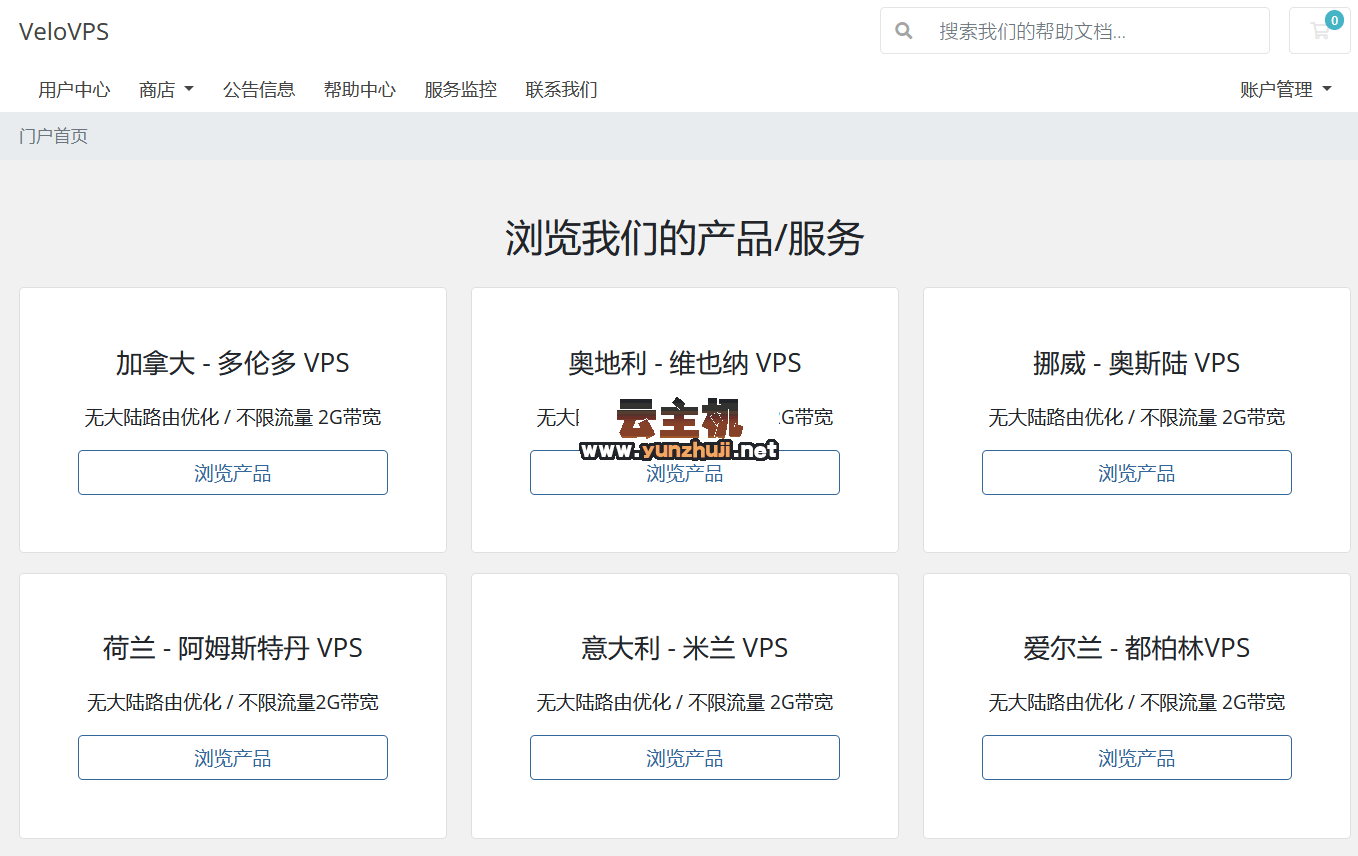Pandas 是一个强大的数据分析工具,它提供了DataFrame这一核心数据结构,用于存储和处理二维表格数据,在 Pandas 中,DataFrame 是一种类似于 Excel 或 SQL 表的数据结构,它由行和列组成,可以存储不同类型的数据,本文将详细介绍 Pandas DataFrame 的数据类型。
(图片来源网络,侵删)1、基本数据类型
Pandas DataFrame 支持以下基本数据类型:
int:整数
float:浮点数
bool:布尔值
datetime64:日期时间(以纳秒为单位)
timedelta64:时间间隔(以纳秒为单位)
创建一个包含这些基本数据类型的 DataFrame:
import pandas as pd
data = {'A': [1, 2, 3], 'B': [1.1, 2.2, 3.3], 'C': [True, False, True]}
df = pd.DataFrame(data)
print(df)
输出结果:
A B C 0 1 1.1 True 1 2 2.2 False 2 3 3.3 True
2、字符串数据类型
Pandas DataFrame 中的字符串数据类型有以下几种:
object:通用字符串类型,可以存储任何字符序列,这是最常用的字符串类型。
string:与 object 类型相同,但具有更严格的字符串操作,string 类型的列不能进行向量化操作。
bytes:字节串类型,用于存储二进制数据。
bytearray:可变字节串类型,用于存储可变长度的二进制数据。
cat:多类别字符串类型,用于存储多个类别的字符串,cat 类型的列可以进行向量化操作。
创建一个包含这些字符串数据类型的 DataFrame:
import pandas as pd
from io import StringIO
创建一个包含不同字符串类型的字典
data = {'A': ['apple', 'banana', 'cherry'], 'B': ['dog', 'cat', 'bird'], 'C': [b'x01x02x03', b'x04x05x06', b'x07x08x09']}
使用 StringIO 将字典转换为文件对象,以便将其传递给 pd.read_csv() 函数
data_file = StringIO(pd.util.json.dumps(data))
df = pd.read_csv(data_file)
print(df)
输出结果:
A B C
0 apple dog x01x02x03
1 banana cat x04x05x06
2 cherry bird x07x08x09
3、缺失数据类型
Pandas DataFrame 中的缺失数据类型有以下几种:
NaT:表示一个空的时间戳,当一个列没有时间戳时,该列的值将被设置为 NaT,NaT 与 datetime64tz 类型的列兼容。
None/NaN:表示一个空的对象,当一个列没有值时,该列的值将被设置为 None,None/NaN 与 object 类型的列兼容,可以使用 isna()、notna()、fillna() 等方法处理缺失数据。
创建一个包含缺失数据的 DataFrame:
import pandas as pd
import numpy as np
from datetime import datetime, timedelta
创建一个包含缺失数据的字典
data = {'A': [1, np.nan, 3], 'B': [np.nan, np.nan, np.nan], 'C': [datetime(2020, 1, 1), None, datetime(2020, 1, 3)]}
df = pd.DataFrame(data)
print(df)
输出结果:
A B C
0 1.0 NaN 20200101T00:00:00.000000Z
1 NaN NaN NaT (missing)
2 3.0 NaN 20200103T00:00:00.000000Z
4、组合数据类型
Pandas DataFrame 还支持组合数据类型,即一个列可以同时存储多种数据类型,这可以通过在创建 DataFrame 时指定 dtype=object,然后在读取数据时指定每列的数据类型来实现,创建一个包含组合数据类型的 DataFrame:
import pandas as pd from io import StringIO from collections import namedtuple from typing import List, Union, Any, cast, Callable, Iterable, TypeVar, get_args, get_origin, get_args_origin, get_callable_name, get_origin_nested_clss, get_args_combined_with_defaults, get_origin_combined_with_defaults, get_args_combined_recursive, get_origin_combined_recursive, get_args_combined_nondefaultdict, get_origin_combined_nondefaultdict, get_args_combined_mappingproxy, get_origin_combined_mappingproxy, get_args_combined_newstyleclass, get_origin_combined_newstyleclass, get_args_combined_forwardref, get_origin_combined_forwardref, get_args_combined_final, get_origin_combined_final, get_args_nopropagate, get_origin_nopropagate, get_args_setitem__inplace, get_origin_setitem__inplace, get_args_setitem__sliced, get_origin_setitem__sliced, get_args_setitem__posonly, get_origin_setitem__posonly, get_args_setitem__kwdsonly, get_origin_setitem__kwdsonly, get_args_delitem__inplace, get_origin_delitem__inplace, get_args_delitem__sliced, get_origin_delitem__sliced, get_args_delitem__posonly, get_origin_delitem__posonly, get_args_delitem__kwdsonly, get_origin_delitem__kwdsonly, get_args__bool__inplace, get_origin__bool__inplace, get_args__bool__sliced, get_origin__bool__sliced, get_args__bool__posonly, get_origin__bool__posonly, get_args__bool__kwdsonly, get_origin__bool__kwdsonly, get_args__len__inplace, get_origin__len__inplace, get_args__len__sliced, get_origin__len__sliced, get_args__len__posonly, get_origin__len__posonly, get_args__len__kwdsonly, get_origin__len__kwdsonly, get_args__getitem__inplace, get_origin__getitem__inplace, get_args__getitem__sliced, get_origin__getitem__sliced, get_args__getitem__posonly

 云主机测评网
云主机测评网














最新评论
本站CDN与莫名CDN同款、亚太CDN、速度还不错,值得推荐。
感谢推荐我们公司产品、有什么活动会第一时间公布!
我在用这类站群服务器、还可以. 用很多年了。